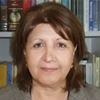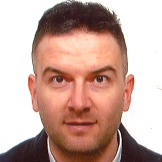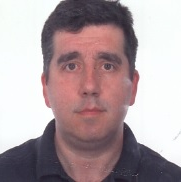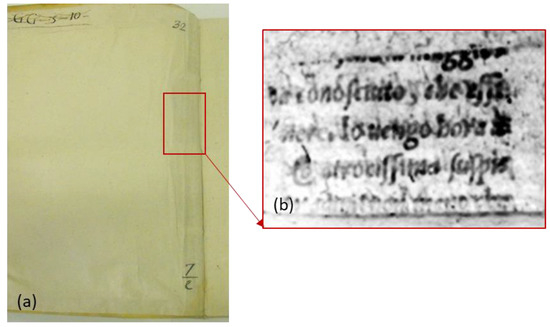Sensors Technology in Cultural Heritage
A topical collection in Sensors (ISSN 1424-8220). This collection belongs to the section "Physical Sensors".
Viewed by 5160Editors
Interests: non-destructive testing; characterization of materials; protection of monuments; spectrothermography
Interests: building heritage; building pathology; infrared thermography; hygrothermal behaviour of buildings; energy efficiency; thermal comfort; numerical modelling; heat transfer; optical metrology; composite materials; NDT
Special Issues, Collections and Topics in MDPI journals
Interests: 3d imaging; cultural heritage; pulsed infrared thermography; thermal diffusivity; infrared analysis; infrared imaging
Special Issues, Collections and Topics in MDPI journals
Topical Collection Information
Dear Colleagues,
Cultural heritage is in danger. Historic buildings, medieval walls, castles, antique furniture, movable objects such as panel paintings, paintings on canvas, frescoes, and marqueteries are constantly subjected to deleterious attack by natural and anthropogenic agents. Severe weather events, invasive plants, no preventive maintenance, earthquakes, wars and pollution are threatening their integrity, which has stood for centuries.
Without the action of experts in the field of conservation, our heritage could crumble, their stories lost forever, and our landscape/memories could be thus changed irreversibly. The transmission of knowledge to future generations is pivotal for our society to keep our past alive and move towards the future. Among other figures, scientists can play a crucial role in the transmission of knowledge. In their work, scientists exploit the potentialities offered by portable sensor technologies, usually based on transducers made of innovative nanomaterials, miniaturized integrated sensors, the wireless transmission of analytical signals, ICT—Information Communication Technology, IoT—Internet of Things, and innovative movable tattoo sensors devices that are fundamental for unmovable artworks. Such instruments have been proven to be valuable tools for the investigation and conservation of cultural heritage, since they are both non-invasive and non-destructive. In addition, the combination of the information obtained from different sensors is nowadays a smart approach to be pursued.
The aim of this Topical Collection is to summarize new research and developments in the field of sensors technology for the study and diagnosis of artworks and monuments. Moreover, the proposal of new procedures specifically designed for the analysis of data obtained by means of such sensors is also of great interest. We therefore invite the submission of original contributions, so that current research trends can be presented in this collection.
Prof. Dr. Maria Koui
Prof. Dr. Stefano Sfarra
Dr. Stefano Paoloni
Collection Editors
Manuscript Submission Information
Manuscripts should be submitted online at www.mdpi.com by registering and logging in to this website. Once you are registered, click here to go to the submission form. Manuscripts can be submitted until the deadline. All submissions that pass pre-check are peer-reviewed. Accepted papers will be published continuously in the journal (as soon as accepted) and will be listed together on the collection website. Research articles, review articles as well as short communications are invited. For planned papers, a title and short abstract (about 100 words) can be sent to the Editorial Office for announcement on this website.
Submitted manuscripts should not have been published previously, nor be under consideration for publication elsewhere (except conference proceedings papers). All manuscripts are thoroughly refereed through a single-blind peer-review process. A guide for authors and other relevant information for submission of manuscripts is available on the Instructions for Authors page. Sensors is an international peer-reviewed open access semimonthly journal published by MDPI.
Please visit the Instructions for Authors page before submitting a manuscript. The Article Processing Charge (APC) for publication in this open access journal is 2600 CHF (Swiss Francs). Submitted papers should be well formatted and use good English. Authors may use MDPI's English editing service prior to publication or during author revisions.
Keywords
- cultural heritage
- sensors technology
- applied physics
- imaging
- in situ conservation
- analytical diagnosis











